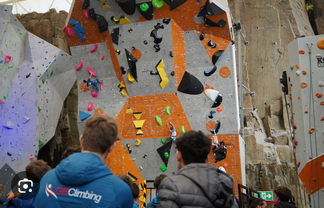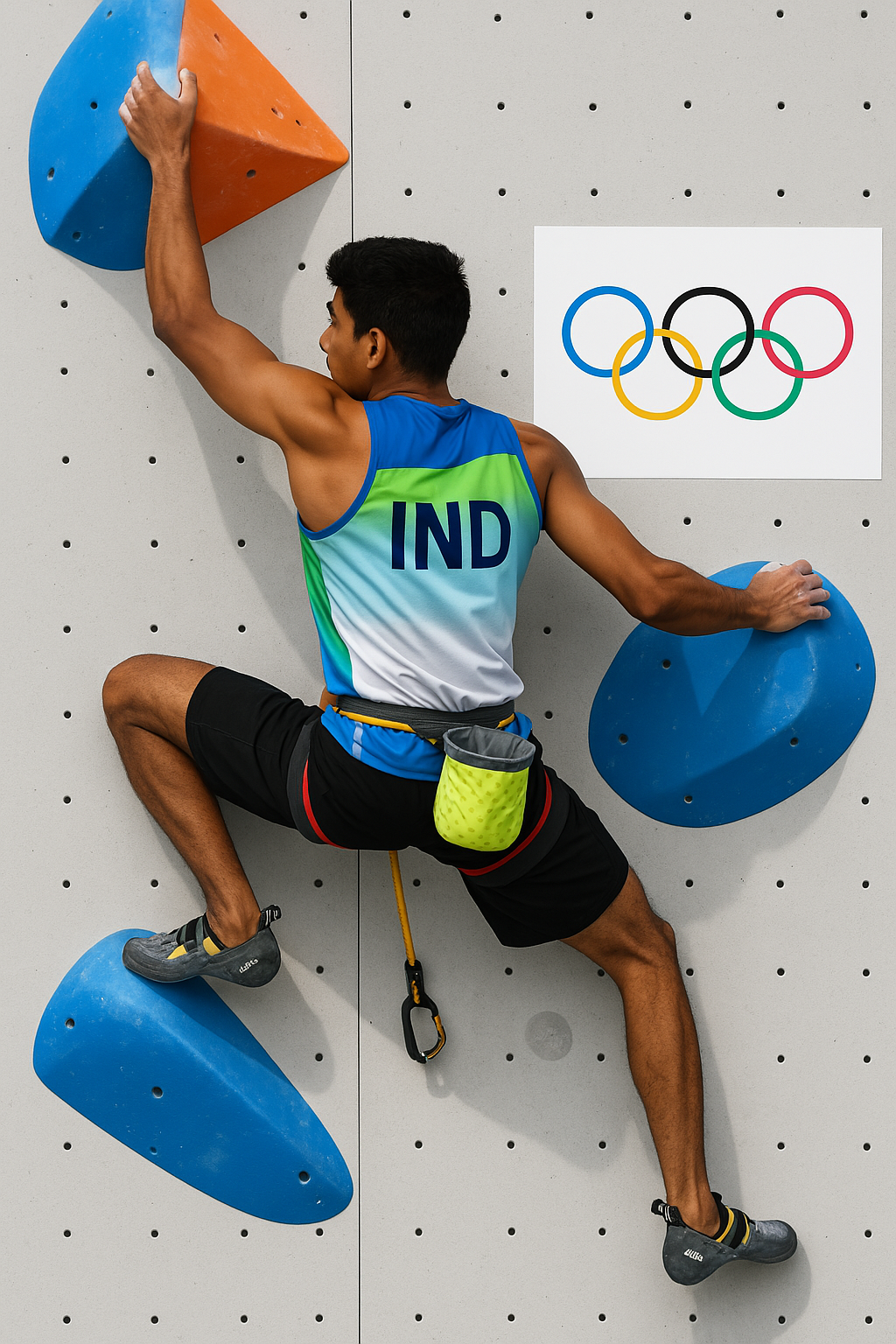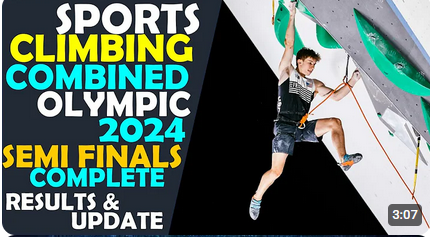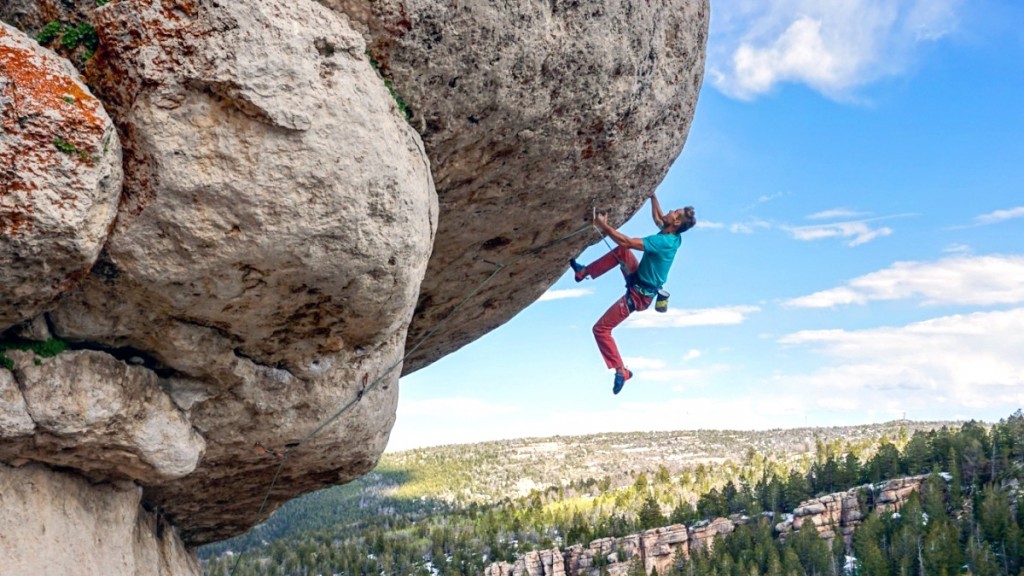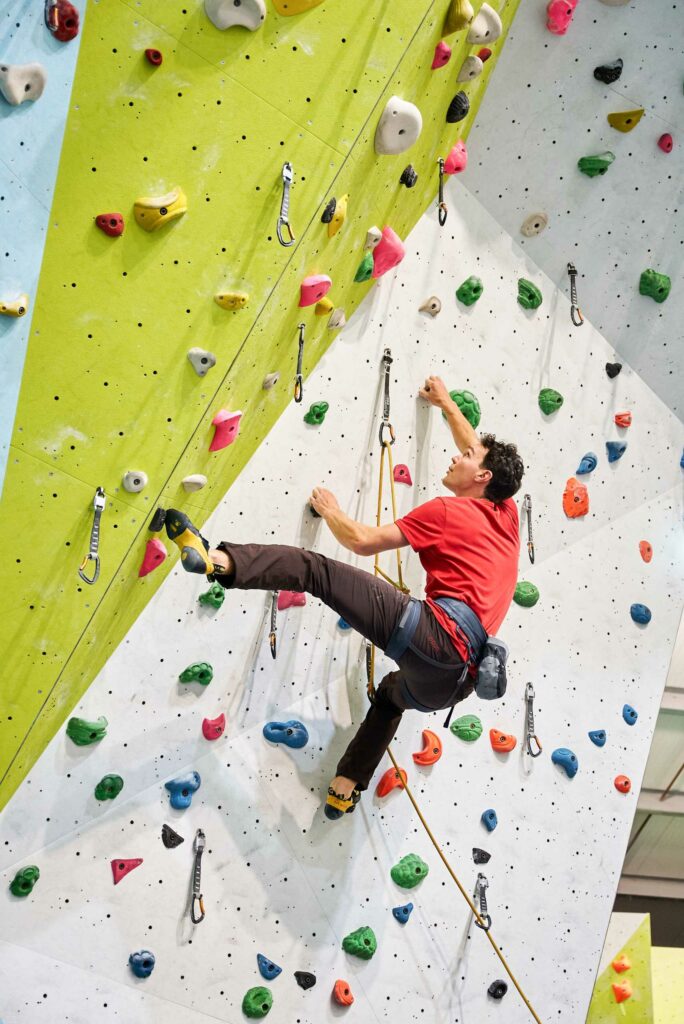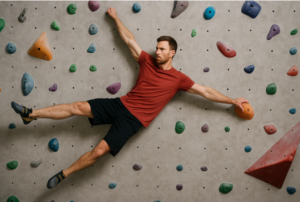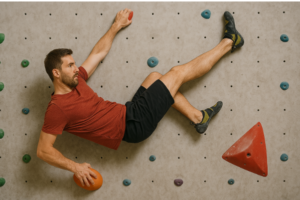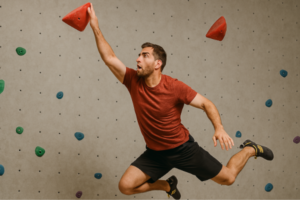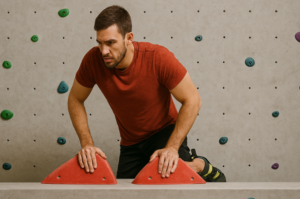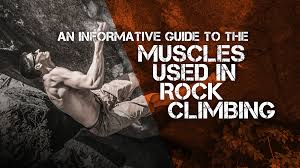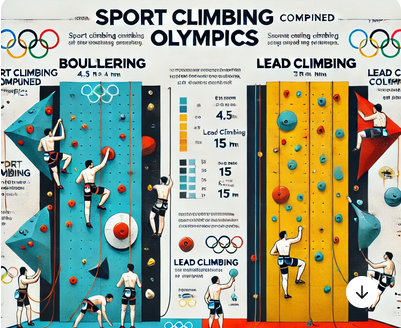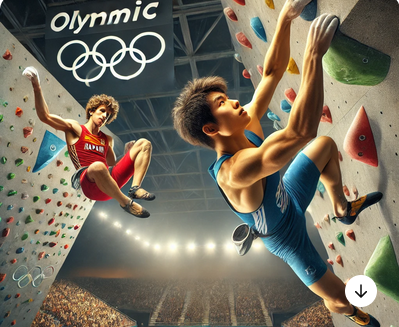Climbing a mountain isn’t just a test of your physical strength—it’s a challenge for your mind, spirit, and determination. Whether you’re scaling actual peaks or metaphorical mountains in life, the right mindset can be the difference between reaching the summit or giving up halfway. Let’s talk about why every new climber—no matter the terrain—needs to build their mental game before lacing up their boots.
The Climb Begins in the Mind
Before your hands grip the rock, your brain is already in action. Doubts, fears, excitement, and motivation—all play out in your head. So, if you’re a new climber, it’s not just about gear and technique. You need a mental toolbox too.
🟠 1. Confidence
-
Self-belief
-
Inner strength
-
Positive self-talk
🔵 2. Fear Management
-
Embrace fear
-
Stay calm under pressure
-
Turn fear into focus
🟢 3. Growth Mindset
-
Learn from mistakes
-
Embrace imperfection
-
Long-term improvement
🟣 4. Patience
-
Accept slow progress
-
Build endurance
-
Stay consistent
🟡 5. Resilience
-
Bounce back from failure
-
Adapt to setbacks
-
Keep going
🔴 6. Visualization
-
Mentally rehearse routes
-
Boosts confidence
-
Prepares body & mind
🟤 7. Mindfulness
-
Stay present
-
Focus on each move
-
Avoid distractions
⚪ 8. Community
-
Learn from others
-
Teamwork & support
-
Open to feedback
Confidence is Your First Anchor
Without self-belief, every step feels heavier. New climbers often question themselves:
-
“Am I strong enough?”
-
“What if I fall?”
-
“Am I ready for this?”
A confident mindset anchors you in the moment. It tells you: “You’ve trained. You’re ready. You can do this.”
Fear Management: Mastering the Mental Slopes
Fear is natural. Especially when you’re new and hanging 100 feet off the ground. But here’s the trick—don’t aim to eliminate fear; learn to manage it.
The right mindset turns fear into:
-
Focus
-
Respect for the climb
-
Sharper decision-making
Climbers with the wrong mindset either freeze in panic or become reckless. Neither is good.
Growth Over Perfection
If you’re a perfectionist, climbing will humble you quickly. You’ll slip, you’ll sweat, you’ll make mistakes. And that’s okay. The right mindset embraces these moments as learning curves, not failures.
A “growth mindset” helps you say:
Patience is Power
Climbing isn’t a race. You won’t become Alex Honnold in a week. New climbers with unrealistic expectations often quit early.
With the right mindset, you know:
Resilience: Bouncing Back After a Setback
Injuries, bad weather, tough routes—stuff happens. And it’s easy to feel defeated. But climbers with the right mental attitude bounce back. They reframe setbacks as part of the journey, not the end of it.
The Power of Visualization
Top climbers often visualize their entire climb before they even leave the ground. Why? Because the mind prepares the body. When you mentally see yourself succeed, your body follows.
So, if you’re a newbie—try this:
You’ll be amazed at the difference.
Community and Support Matter
Climbing isn’t just solo glory. It’s teamwork, communication, and shared learning. The right mindset means being:
An ego-driven climber climbs alone. A mindset-driven climber grows with the community.
Being Present in the Moment
Climbing forces you into the now. One wrong thought, one distraction, and you might slip. The right mindset teaches mindfulness—staying aware of every movement, every grip, every breath.
It’s more than climbing; it’s a form of meditation.
Turning Nervous Energy into Focus
Feeling anxious before a climb? Good. That means you care. The right mindset channels that nervousness into:
Celebrating Small Wins
New climbers often overlook progress. “It was just a beginner wall,” they say. But the right mindset celebrates every step, because it knows—today’s beginner wall leads to tomorrow’s summit.
Avoiding Comparison Traps
There will always be someone stronger, faster, or more experienced. The wrong mindset says: “I’m not good enough.”
The right one? “They inspire me to improve.”
Focus on your journey. Your pace. Your growth.
Humility: The Unsung Strength
Mountains don’t care who you are. They’ll test everyone. The right mindset respects that. It stays humble, grounded, and always open to learning.
Motivation That Lasts
When the going gets tough, you need deep, personal reasons to keep going:
Mindset is what fuels your motivation when strength and energy run low.
Safety Starts in Your Head
A clear, focused mind avoids mistakes. A distracted or overconfident one doesn’t. Climbing safely means making wise choices in tough situations—and that starts with mental clarity.
